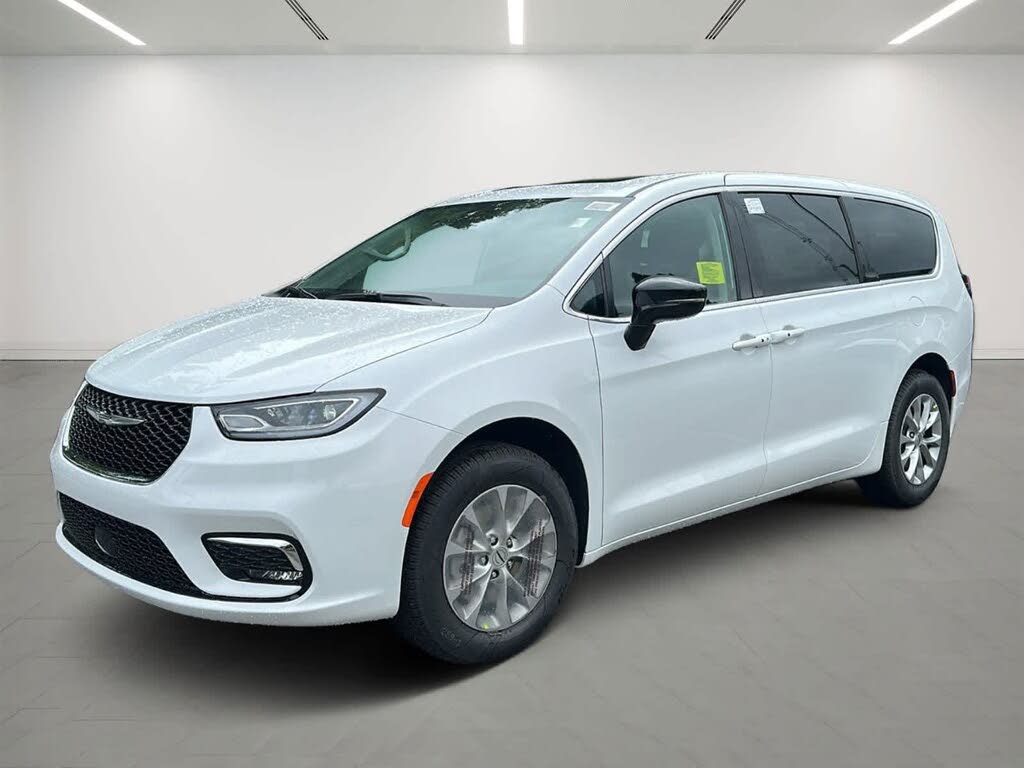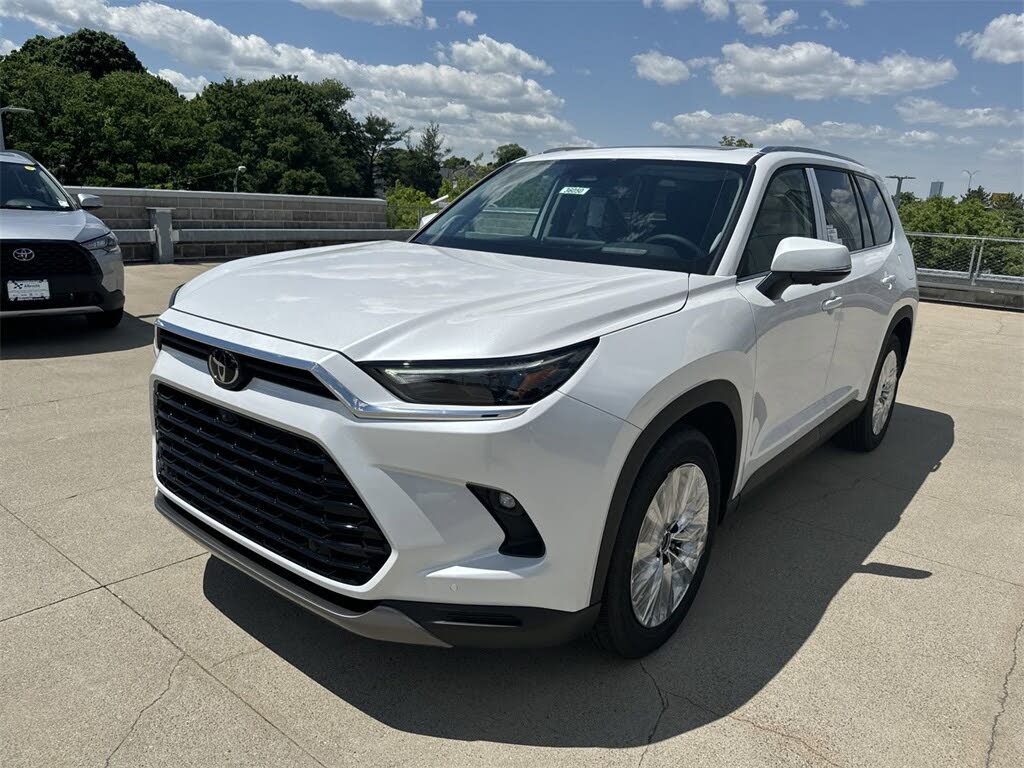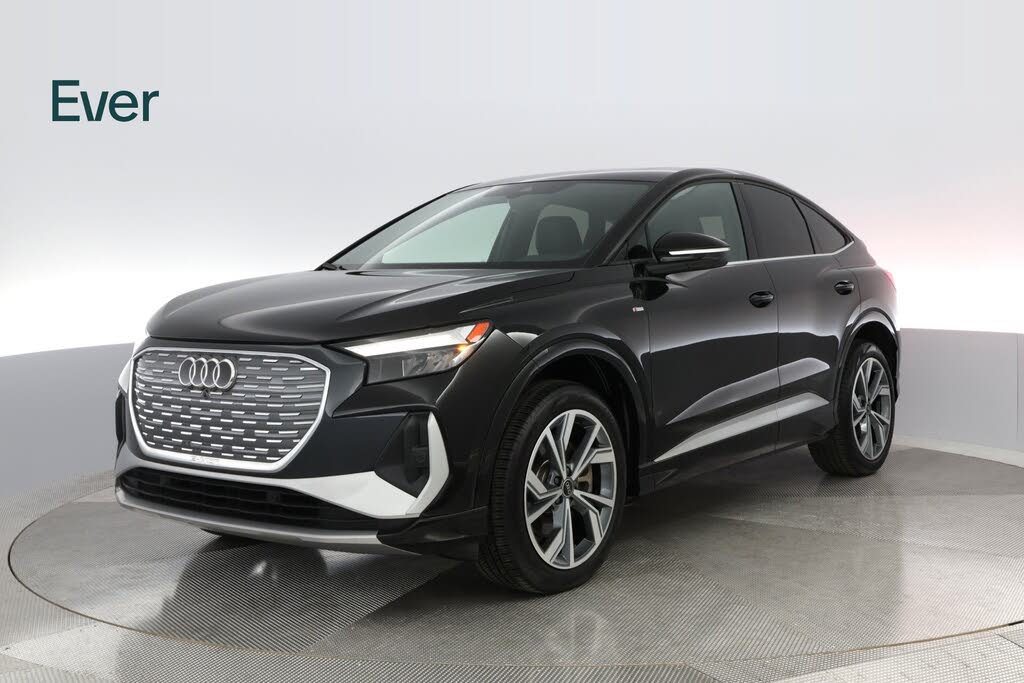Home > News & Blogs > Analysts Boost Forecast for Autonomous Vehicle Sales
Analysts Boost Forecast for Autonomous Vehicle Sales
The Future of Autonomous Vehicles: Market Growth and Challenges
Autonomous Vehicle Market Projections Show Exponential Growth
The autonomous vehicle industry is accelerating faster than analysts initially predicted. Recent market research indicates that nearly 21 million self-driving vehicles will be on roads by 2035—a significant increase from previous forecasts of 12 million. This revised projection reflects rapid technological advancements and growing investments across the automotive sector.
Annual sales of fully autonomous vehicles are expected to reach 600,000 units by 2025 before experiencing exponential growth. This surge stems from unprecedented collaboration between traditional automakers, technology companies, and government regulators working to make driverless transportation a reality.
Key Factors Driving Autonomous Vehicle Adoption
Several critical developments are propelling the autonomous vehicle revolution forward:
1. Technological Breakthroughs in AI and Sensor Systems
Automakers and tech firms have made substantial progress in artificial intelligence, machine learning, and sensor technologies. These advancements enable vehicles to:
- Process complex traffic scenarios in real-time
- Navigate unpredictable urban environments
- Communicate with smart city infrastructure
2. Strategic Partnerships Across Industries
The landscape has evolved beyond competition to collaboration, with notable partnerships including:
- Traditional automakers teaming with Silicon Valley tech giants
- Ride-sharing platforms integrating with autonomous fleets
- Supplier networks developing specialized components
3. Evolving Regulatory Frameworks
Governments worldwide are establishing guidelines to facilitate testing and deployment:
- Federal safety agencies reducing bureaucratic barriers
- State governments creating AV-friendly testing environments
- International standards emerging for cross-border operation
- --TOP ADVERTISEMENT HERE--
Changing Business Models in Personal Transportation
The rise of autonomous technology is transforming traditional car ownership paradigms. Industry experts anticipate three coexisting mobility models:
1. Private Autonomous Vehicle Ownership
Consumers will continue purchasing self-driving cars for personal use, benefiting from:
- Increased productivity during commutes
- Enhanced accessibility for elderly and disabled users
- Improved safety through collision avoidance systems
2. Mobility-as-a-Service (MaaS) Platforms
Urban centers will likely see growth in subscription-based services offering:
- On-demand autonomous fleets
- Integrated multi-modal transportation
- Dynamic pricing models
3. Hybrid Ownership-Sharing Models
New financial models are emerging that allow owners to:
- Generate income from idle vehicles
- Participate in fractional ownership programs
- Access premium vehicles on demand
-
Overcoming Challenges to Widespread Adoption
Despite rapid progress, several hurdles remain before autonomous vehicles achieve mainstream acceptance:
1. Technological Limitations
Engineers continue working to improve:
- Sensor performance in adverse weather conditions
- Decision-making algorithms for edge cases
- Cybersecurity protections against hacking
2. Regulatory and Liability Concerns
Policymakers must address:
- Federal vs. state jurisdiction conflicts
- Insurance and liability frameworks
- Data privacy regulations
3. Consumer Acceptance
Surveys reveal persistent public concerns about:
- Safety perceptions compared to human drivers
- Loss of control anxiety
- Technology reliability questions
- --FIRST CONTENT ADVERTISEMENT HERE--
The Road Ahead for Autonomous Vehicles
As the industry progresses, several key developments will shape the next decade:
Infrastructure Adaptation
Cities will need to invest in:
- Smart traffic management systems
- Dedicated AV lanes and parking
- Vehicle-to-infrastructure communication networks
Workforce Transformation
The transportation sector will experience:
- New technical job creation
- Retraining needs for displaced workers
- Evolving logistics and delivery models
Environmental Impact
Autonomous technology could significantly:
- Reduce emissions through optimized routing
- Accelerate electric vehicle adoption
- Decrease urban congestion
-

Motorveroben
Last Updated On May, 29-2025










